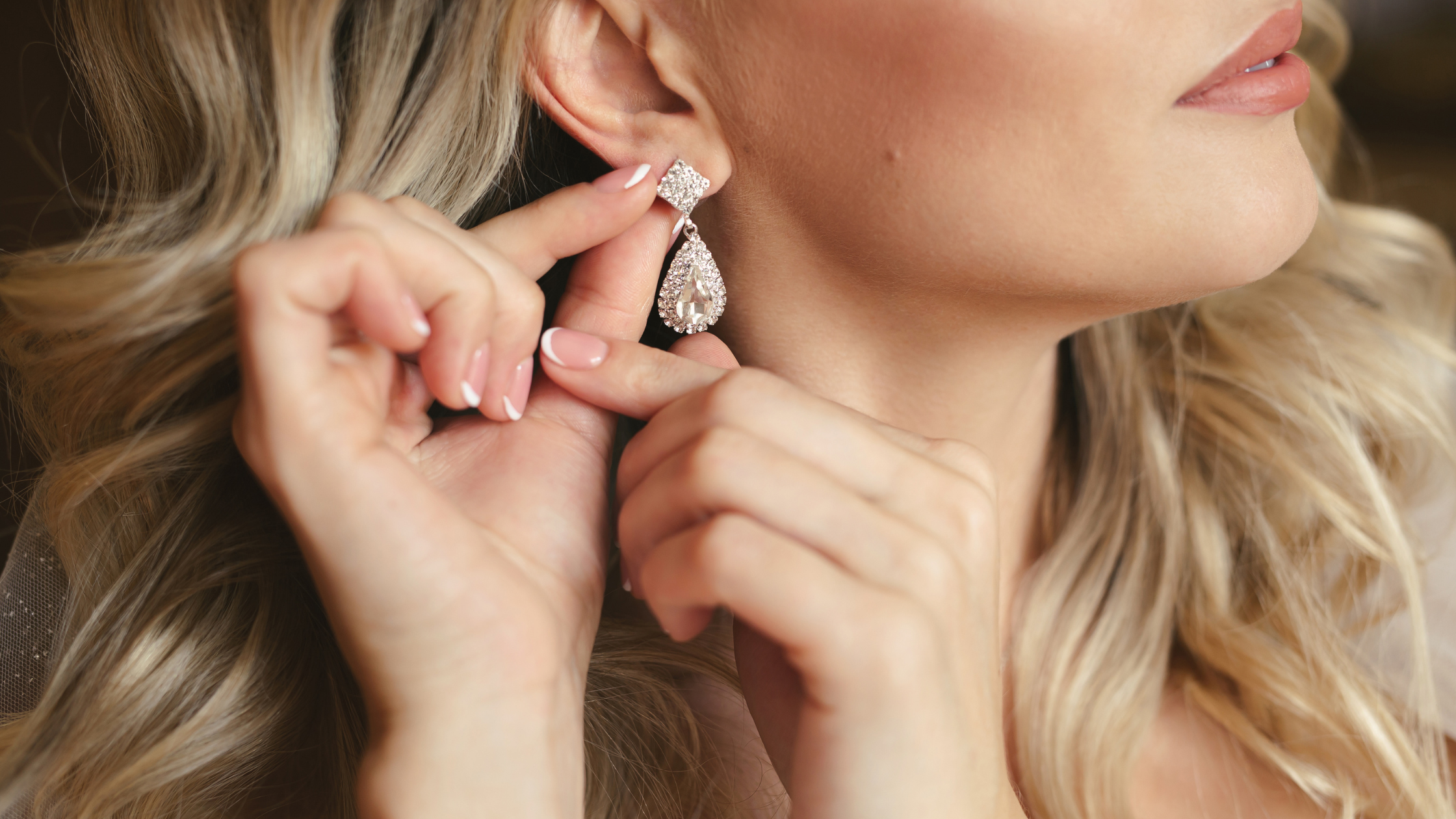When it comes to selecting the diamantformen, the shape and the 4Cs (Cut, Color, Clarity, and Carat weight) play a pivotal role in defining not only the diamond’s appearance but also its overall value. In this article, we will delve into the different diamond shapes, explore the intricacies of the 4Cs, and provide you with the knowledge necessary to make an informed purchase.
The Importance of Diamond Shapes
The shape of a diamond is one of the first features that catches the eye. While many people refer to shape and cut interchangeably, they are distinct aspects of a diamond. The shape refers to the geometric form of the diamond, while the cut pertains to how well the diamond has been shaped and faceted. Here, we will explore some of the most popular diamond shapes, each with its unique characteristics.
Round Brilliant Cut Diamonds
The Round Brilliant Cut is the most popular diamond shape, accounting for approximately 75% of all diamonds sold. Renowned for its brilliance and sparkle, this shape is designed to maximize light performance. The classic 58-facet design allows for exceptional reflection and refraction of light, making it a timeless choice for engagement rings and other fine jewelry.
Princess Cut Diamonds
The Princess Cut is the second most popular diamond shape, known for its contemporary and geometric appearance. Featuring a square or rectangular silhouette with pointed corners, this cut is designed to retain maximum carat weight, making it a cost-effective option without compromising on size. The Princess Cut combines the elegance of the Round Cut with a modern twist, appealing to those who prefer a bold look.
Emerald Cut Diamonds
The Emerald Cut is recognized for its unique step-cut facets and rectangular shape. This cut highlights the diamond’s clarity and color, often favoring stones with fewer inclusions. With its elegant lines and sophisticated appearance, the Emerald Cut is a popular choice for those seeking a classic and refined look.
Asscher Cut Diamonds
The Asscher Cut is similar to the Emerald Cut but is square in shape. It features a unique arrangement of step-cut facets that creates an alluring, vintage appearance. The Asscher Cut is known for its depth and brilliance, offering a stunning display of light and clarity. This cut has gained popularity for its old-world charm, making it an excellent choice for vintage-inspired jewelry.
Oval Cut Diamonds
The Oval Cut is a modified version of the Round Cut, providing a similar brilliance while appearing larger due to its elongated shape. This diamond shape is versatile and flattering on the finger, making it a popular choice for those who desire a unique twist on the traditional round diamond.
Pear Cut Diamonds
The Pear Cut is a teardrop-shaped diamond that combines the best features of both the Round and Marquise Cuts. This shape offers a stunning and feminine silhouette, making it a favorite for pendants and earrings. The pointed end of the pear shape adds an element of elegance, making it ideal for unique engagement rings.
Marquise Cut Diamonds
The Marquise Cut is characterized by its elongated shape and pointed ends, resembling a boat or a leaf. This cut is designed to maximize carat weight, making the diamond appear larger. The Marquise Cut is perfect for those who desire a bold statement piece, often used in vintage and modern designs alike.
Cushion Cut Diamonds
The Cushion Cut features a square or rectangular shape with rounded corners, resembling a pillow. This cut combines vintage charm with modern elegance, making it a popular choice for engagement rings. The larger facets of the Cushion Cut allow for more significant light performance, resulting in a captivating sparkle.
Decoding the 4Cs of Diamonds
Understanding the 4Cs is essential for evaluating and selecting a diamond that meets your preferences and budget. Each of these characteristics contributes to the diamond’s overall beauty and value.
Cut
The cut of a diamond refers to how well the stone has been shaped and faceted. It directly influences the diamond’s brilliance and sparkle. A well-cut diamond reflects light optimally, creating a stunning visual effect. The cut is graded on a scale from Excellent to Poor, with higher grades indicating superior craftsmanship.
Color
The color of a diamond refers to the presence of any color tint. diamanten 4Cs graded on a scale from D (colorless) to Z (light yellow or brown). Colorless diamonds are the most sought after, as they allow for maximum light reflection. However, some consumers prefer colored diamonds, which can offer a unique and personalized touch.
Clarity
Clarity measures the presence of internal or external flaws, known as inclusions and blemishes. Diamonds are graded on a scale from Flawless to Included. A diamond with higher clarity will have fewer visible imperfections, contributing to its overall beauty and value. While clarity is an essential factor, it is important to find a balance between clarity and budget.
Carat Weight
Carat weight measures the size of the diamond. One carat equals 200 milligrams, and larger diamonds are typically more valuable. However, it is essential to note that carat weight alone does not determine a diamond’s worth; the quality of the cut, color, and clarity also significantly impact value.
Choosing the Right Diamond for You
When selecting a diamond, understanding the interplay between shape and the 4Cs is crucial. Personal preference, budget, and the intended use of the diamond all influence your decision. It is advisable to prioritize the characteristics that matter most to you and seek a diamond that balances quality and affordability.
Conclusion
In conclusion, the choice of diamond shape and understanding the 4Cs are vital components in the diamond selection process. Whether you prefer the classic brilliance of a Round Brilliant Cut or the unique elegance of an Asscher Cut, each shape offers its distinct appeal. By educating yourself on these features, you can make a confident and informed choice, ensuring that your diamond is not only beautiful but also a sound investment.



